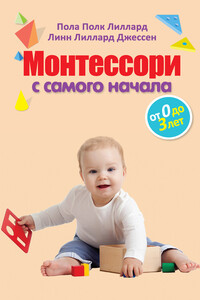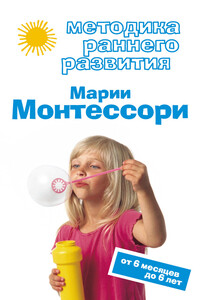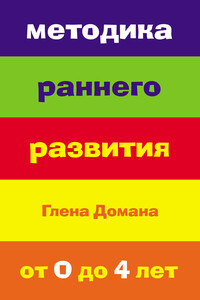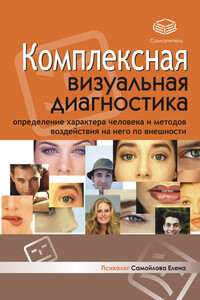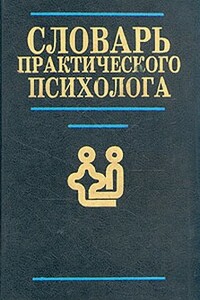16. Pottebaum, S. M., Keith, T. Z., & Ehly, S. W. (1986). Is there a causal relation between self-concept and academic achievement? The Journal of Educational Research, 79 (3), 140–144.
17. Forsyth, D. R., & Kerr, N. A. (1999). Are adaptive illusions adaptive? Boston, MA: American Psychological Association.
18. Mueller, C. M., & Dweck, C. S. (1998). Praise for intelligence can undermine children’s motivation and performance. Journal of Personality and Social Psychology, 75 (1), 33.
19. Gentzkow, M., & Shapiro, J. M. (2008). Preschool television viewing and adolescent test scores: Historical evidence from the Coleman study. The Quarterly Journal of Economics, 123 (1), 279–323.
20. Huston, A. C., & Wright, J. C. (1998). Television and the informational and educational needs of children. Annals of the American Academy of Political Science, 557, 9–23.
21. Kutner, L., & Olson, C. K. (2008). Grand theft childhood. The surprising truth about violent video games. Simon & Schuster, New York.
22. Nakamuro, M., Matsuoka, R., & Inui, T. (2013). More time spent on television and video games, less time spent studying? RIETI Discussion Paper Series, 13-E-095. Research Institute of Economy, Trade & Industry.
23. Nakamuro, M., Inui, T., Senoh, W., & Hiromatsu, T. (2015). Are television and video games really harmful for kids? Contemporary Economic Policy, 33 (1), 29–43.
24. Holmlund, H., & Sund, K. (2008). Is the gender gap in school performance aff ected by the sex of the teacher?. Labour Economics, 15 (1), 37–53.
25. Hoxby, C. (2000). Peer eff ects in the classroom: Learning from gender and race variation (No.w7867). National Bureau of Economic Research.
26. Шесть западных стран: Baumeister, R. F., Ammermueller, A. & Pischke, J. (2009). Peer effects in European primary schools: Evidence from the progress in international reading literacy study, Journal of Labor Economics, 27 (3), 315–348.
Чили: McEwan, P. J. (2003). Peer effects on student achievement: Evidence from Chile. Economics of Education Review, 22 (2), 131–141.
Китай: Carman, K. G., & Zhang, L. (2012). Classroom peer eff ects and academic achievement: Evidence from a Chinese middle school. China Economic Review, 23 (2), 223–237.
27. Jonsson, J. O., & Mood, C. (2008). Choice by contrast in Swedish schools: How peer’s achievement aff ects educational choice. Social Forces, 87 (2), 741–765.
28. Figlio, D. N. (2007). Boys named Sue: Disruptive children and their peers. Education, 2 (4), 376–394.
29. Carrell, S. E., & Hoekstra, M. L. (2010). Externalities in the classroom: How children exposed to domestic violence aff ect everyon’e s kids. American Economic Journal: Applied Economics, 2 (1), 211–228.
30. Duncan, G. J., Boisjoly, J., Kremer, M., Levy, D. M., & Eccles, J. (2005). Peer eff ects in drug use and sex among college students, Journal of Abnormal Child Psychology, 33 (3), 375–85.
31. Dufl o, E., Dupas, P., & Kremer, M. (2011). Peer Effects, Teacher Incentives, and the Impact of Tracking: Evidence from a Randomized Evaluation in Kenya. National Bureau of Economic Research.
32. Hanushek, E. A. (2006). Does educational tracking affect performance and inequality? Diff erences-in-diff erences evidence across countries. The Economic Journal, 116 (510), 63–76.
33. Доцент университета Ниигата Масакадзу Ходзё доказал, что система разделения классов на группы по успеваемости обладает выраженным эффектом. Используя данные TIMSS, он отметил положительную корреляцию между системой разделения на группы и успеваемостью учеников средних классов. Однако Масакадзу Ходзё в том же исследовании пишет, что в младших классах не было выявлено такой связи. Поэтому речь здесь идет о корреляционной связи, а не о причинно-следственной. Исследования Масакадзу Ходзё «Гакурёку но кэттэй ёин – кэйдзайгаку но ситэн кара» (Решающие факторы успеваемости с точки зрения экономики) (2011), журнал «Нихон родо кэнкю» 614, 16–27.
34. Kling, J. R., Ludwig, J., & Katz, L. F. (2005). Neighborhood eff ects on crime for female and male youth: Evidence from a randomized housing voucher experiment. The Quarterly Journal of Economics, 120 (1), 87–130.
